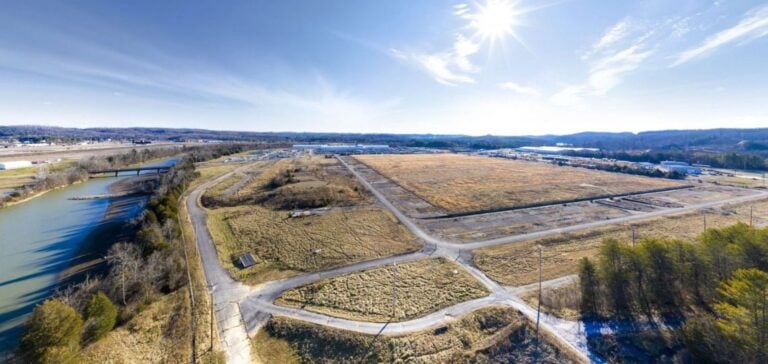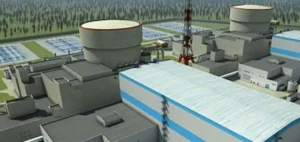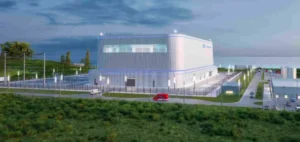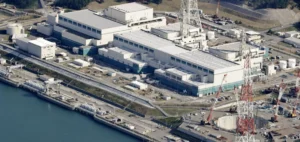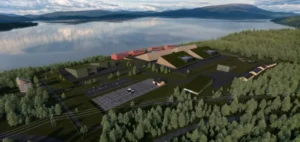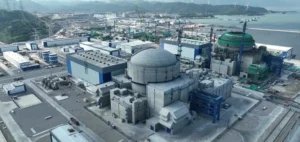The U.S. Nuclear Regulatory Commission (NRC) validates the final environmental assessment for the construction of Kairos Power’s Hermes 2 test reactors in Oak Ridge, Tennessee.
This decision allows the project to proceed without a new environmental impact statement (EIS), thus accelerating the construction authorization process.
The assessment concludes that there is no significant impact, meeting the criteria of the National Environmental Policy Act of 1969.
Regulatory exemption for the project
The NRC is using an exemption for the Hermes 2 project, based on the environmental analysis carried out previously for the Hermes 1 reactor site.
This approach limits the administrative steps involved and avoids duplication of analyses already carried out.
The chosen site, the Heritage Center Industrial Park, benefits from a nuclear infrastructure inherited from the Oak Ridge gaseous diffusion plant, thus optimizing the development phase.
The construction of Hermes 2, which includes two high-temperature reactors cooled with fluorinated salt (KP-HFR), is intended to test technological elements for future commercial applications.
Preliminary work on the Oak Ridge site has already begun with Hermes, the non-power demonstration reactor, following NRC approval.
Technical specifications and objectives
Hermes 2 consists of two units based on the same technology as the Hermes reactor.
Although similar, these units will incorporate design adjustments intended to improve reactor efficiency and safety.
The NRC assesses that these differences will not result in any significant new environmental impacts.
This conclusion is crucial to maintaining the development schedule and meeting regulatory requirements.
Finalization of the safety assessment by the NRC and its approval by the Commissioners will determine whether construction permits will be issued.
This step is essential to launch the next phases of the project, which will include an application for an operating license.
Background and implications for the nuclear sector
The NRC’s approval of the environmental assessment for Hermes 2 represents a key milestone in the advancement of new-generation reactors in the United States.
Building on the infrastructure and history of the Oak Ridge site, the project benefits from a favorable development environment.
However, further operations will require ongoing rigor to ensure compliance with safety and performance standards.
For the nuclear sector, this project illustrates the challenges and opportunities associated with the introduction of innovative technologies.
Market players are keeping a close eye on these developments, which could influence investment strategies and the future direction of energy policies.


